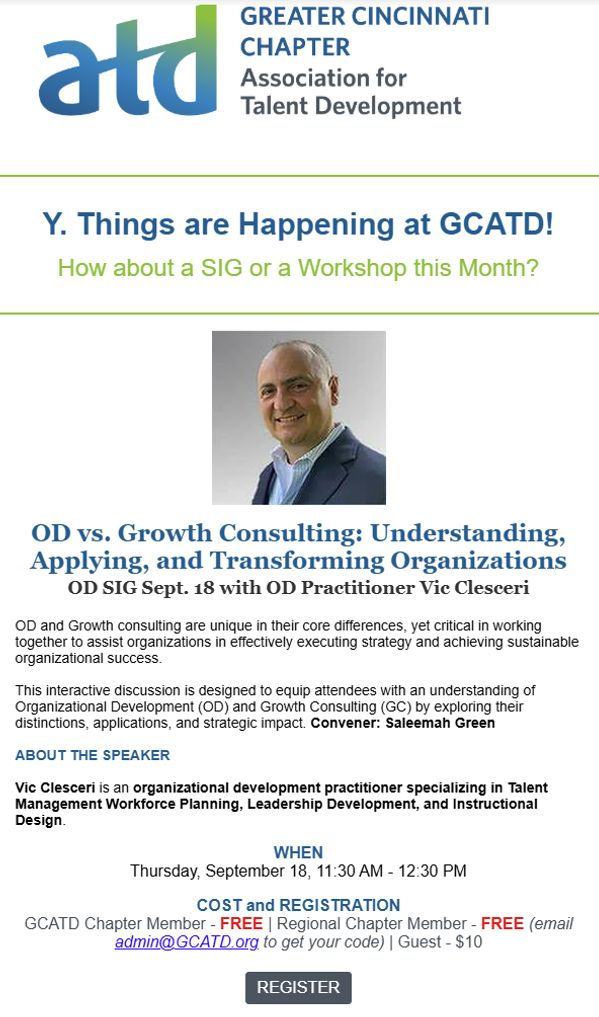𝗪𝗵𝘆 𝗦𝗸𝗶𝗹𝗹𝘀 𝗠𝗮𝗽𝗽𝗶𝗻𝗴 𝗕𝗲𝗮𝘁𝘀 𝗟𝗮𝘆𝗼𝗳𝗳𝘀 𝗶𝗻 𝗮 𝗗𝗼𝘄𝗻𝘁𝘂𝗿𝗻
- Vic Clesceri
- Jul 22
- 1 min read
When economic pressure hits, most organizations default to the same playbook:
▪️Cut headcount
▪️Freeze hiring
▪️Hope for a quick rebound
But here’s the truth: layoffs are a blunt instrument. They create short-term savings, but long-term gaps in capability, morale, and trust.
There’s a better strategy: 𝗥𝗲𝘀𝗸𝗶𝗹𝗹. 𝗥𝗲𝗱𝗲𝗽𝗹𝗼𝘆. 𝗥𝗲𝗮𝗹𝗶𝗴𝗻.
✅ Skills mapping helps you see who you have, what they can do, and where they can grow.
✅ It replaces guesswork with insight.
✅ It turns workforce planning into a strategic asset, not a reactive scramble.
The data is clear:
▪️87% of executives say they are facing skills gaps today or expect them in the next few years (McKinsey)
▪️Yet only 28% of companies are actively using skills data to make workforce decisions (Deloitte)
▪️Companies that reskill vs. lay off save up to 70% on costs associated with severance, recruiting, and onboarding (World Economic Forum)
▪️Reskilled employees show 20% higher engagement and 15% longer retention (LinkedIn Workplace Learning Report)
Organizational Development helps make this real:
✅ Conduct skills inventories and gap analyses
✅ Create internal mobility programs
✅ Build reskilling pathways tied to business needs
✅ Align strategy to people, not just positions
Don’t cut talent to save costs, repurpose it to unlock value.
In a downturn, skills mapping isn’t a nice-to-have. It’s your lifeline.
#OrganizationalDevelopment #OD #SkillsMapping #Reskilling #JulyODInsights #WorkforcePlanning #Retention #ODInAction #FutureOfWork #LayoffsVsReskilling





Comments